The Border Gavaskar series
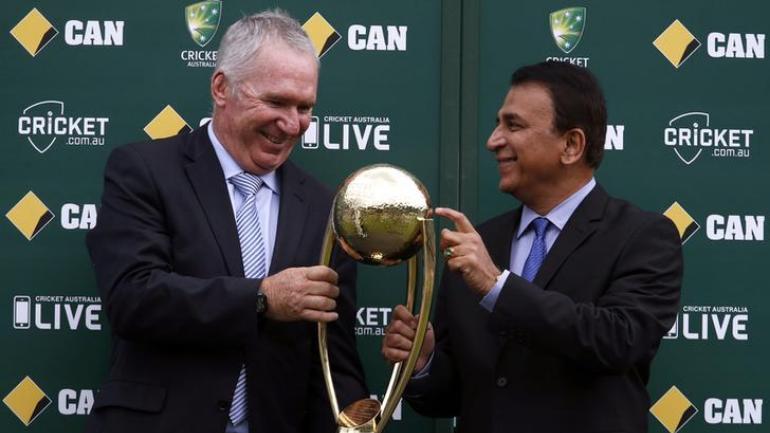
Within days after a disastrous and humiliating series against New Zealand in India, India will head-off to Australia for the next edition of the Border Gavaskar series. The first Test

Within days after a disastrous and humiliating series against New Zealand in India, India will head-off to Australia for the next edition of the Border Gavaskar series. The first Test
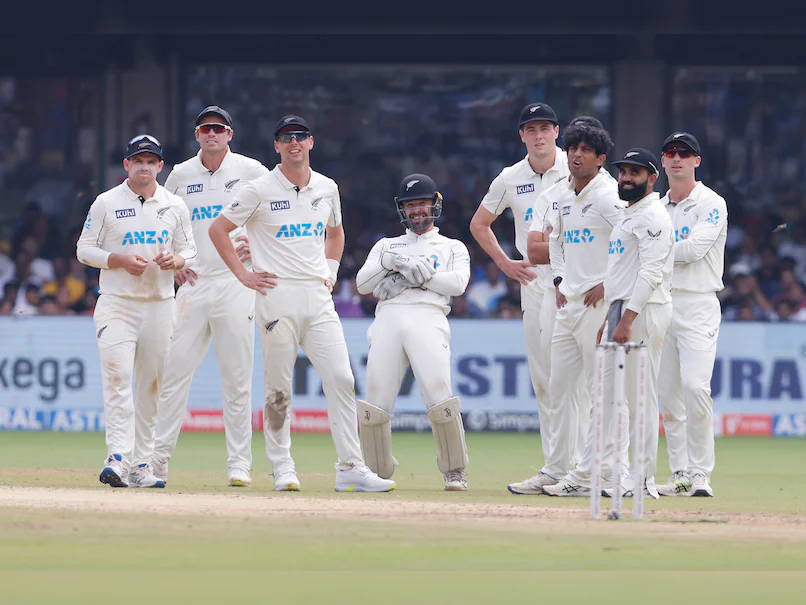
In continuation of pouring my frustration at the performance of the Indian team, first of which ashamed humiliated and dejected, no amount of words on a paper or in a

We the supporters of Indian cricket, demand action be taken against the players and also against the board itself. Losing a home Test series 0-3 is a shame. This is
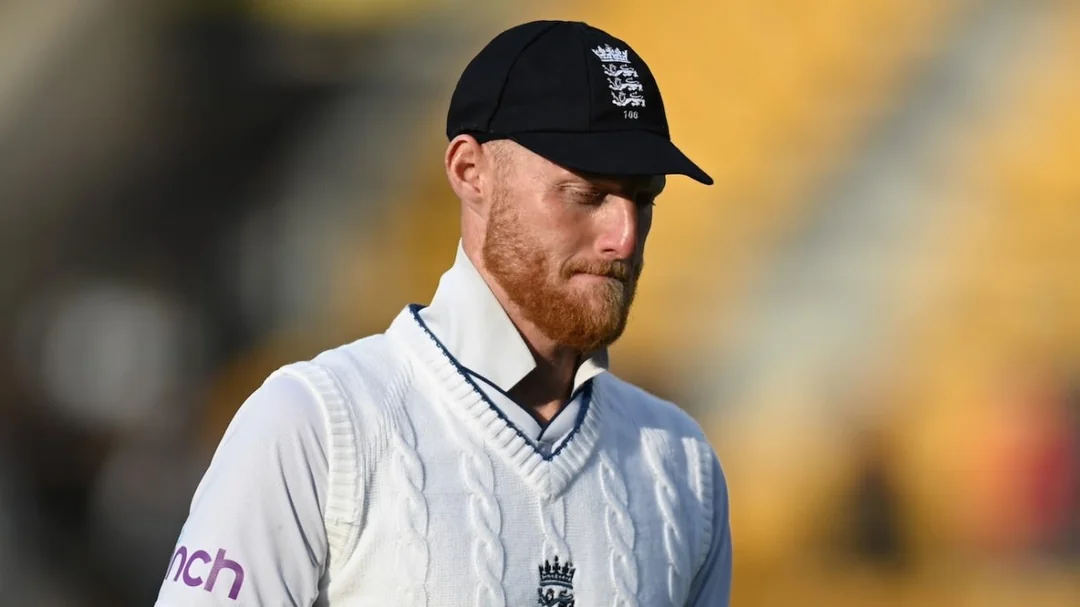
It took Pakistan 4 consecutive and heavy defeats for them to realise that on flat pitches, the rechristened England is not only tough to contain but is almost impossible to
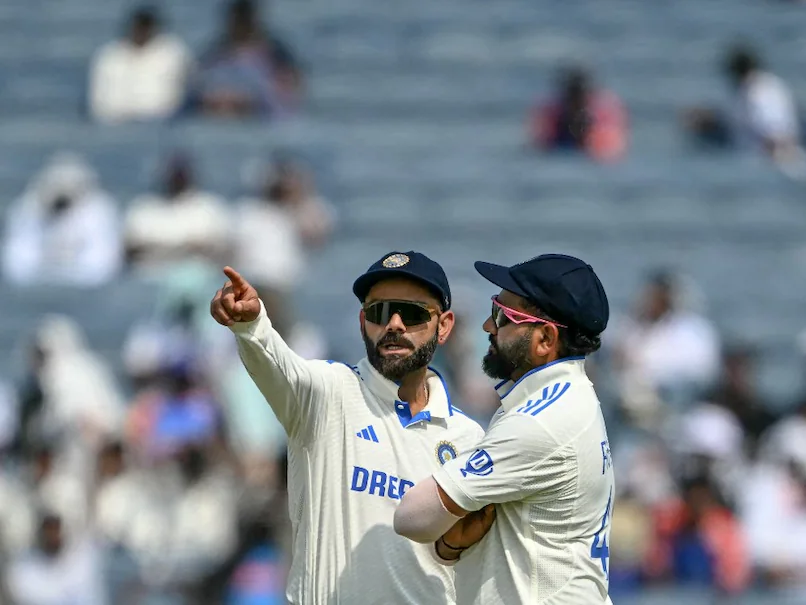
In continuation of the previous a proud record crashed, I want to analyse or rather pour my frustration on the blog because I just like several others, am still not
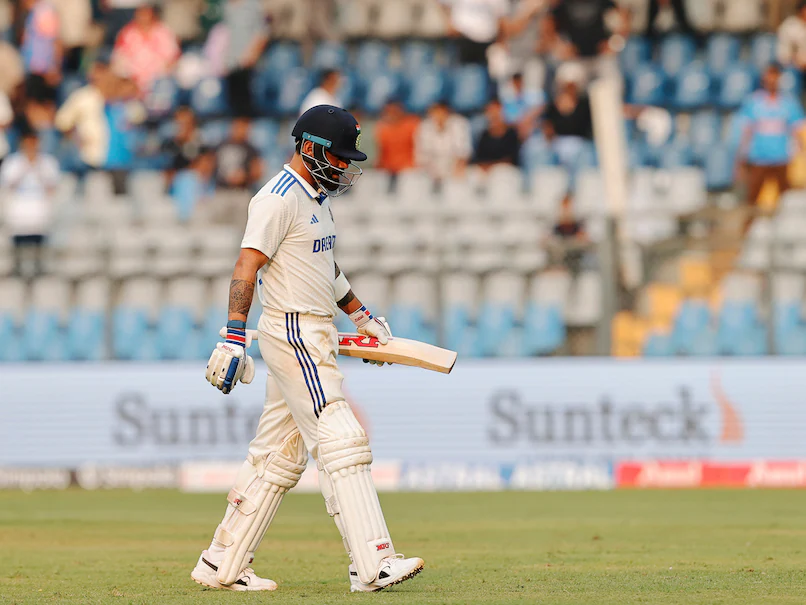
In the end, it came in a whimper. The record of not losing a single Test series in 12 years, which should have been protected and fought tooth and nail,

India is not a land for fast bowlers. If we go through history, all of the bowlers were medium pacers, with quite a few who can be termed in the
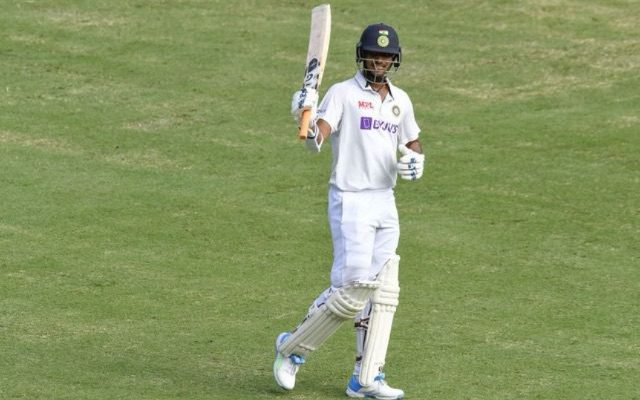
I am someone with a view that Washington Sundar must forget his bowling and concentrate on his batting. Eversince he made his debut in Australia, against all odds, he has
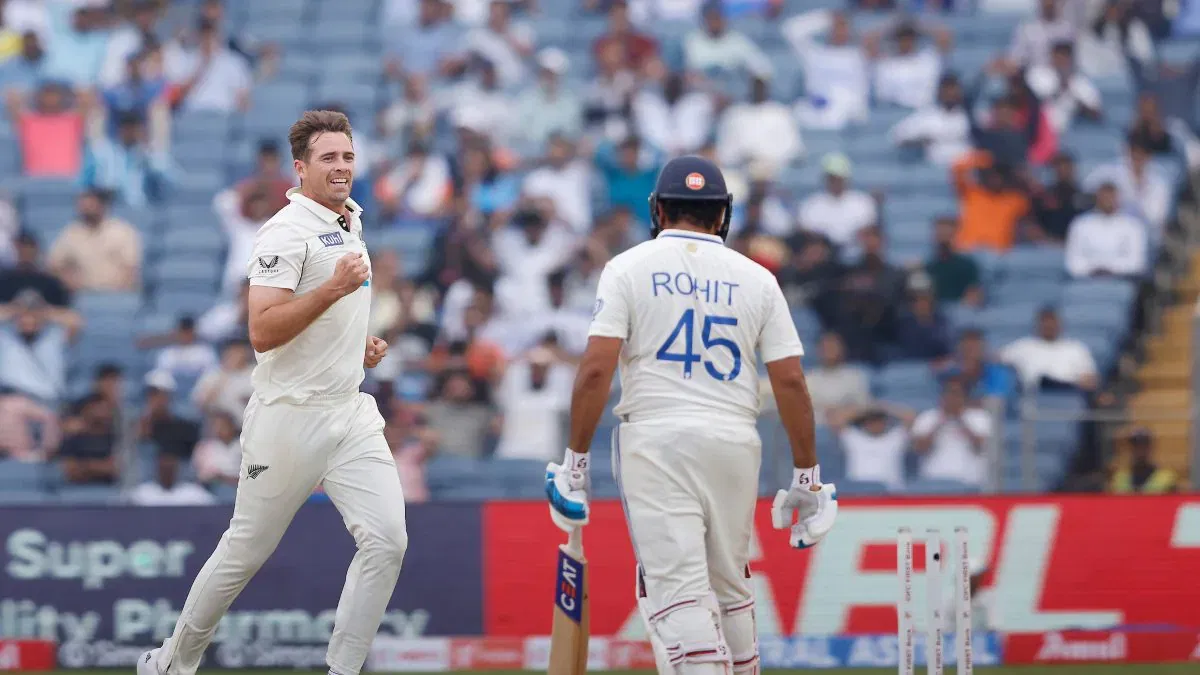
I have already written one blog about the first Test debacle. This is a continuation of the same. There are certain players in the team who have not been living

It is impossible to get out of such massive depth because 46 was a gigantic hole that India found itself under. Nevertheless, they did try their best but it wasn’t